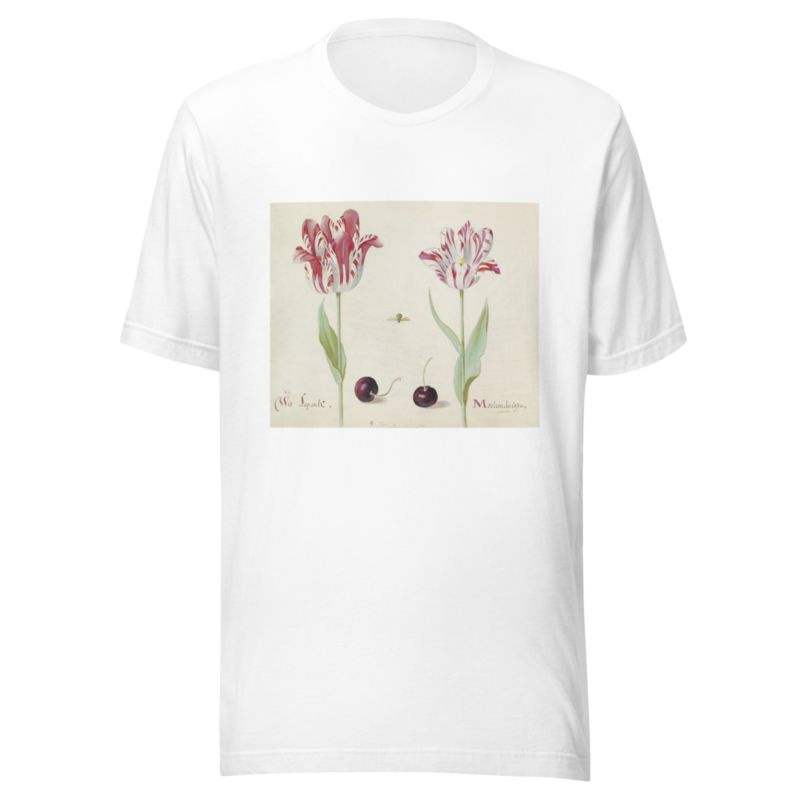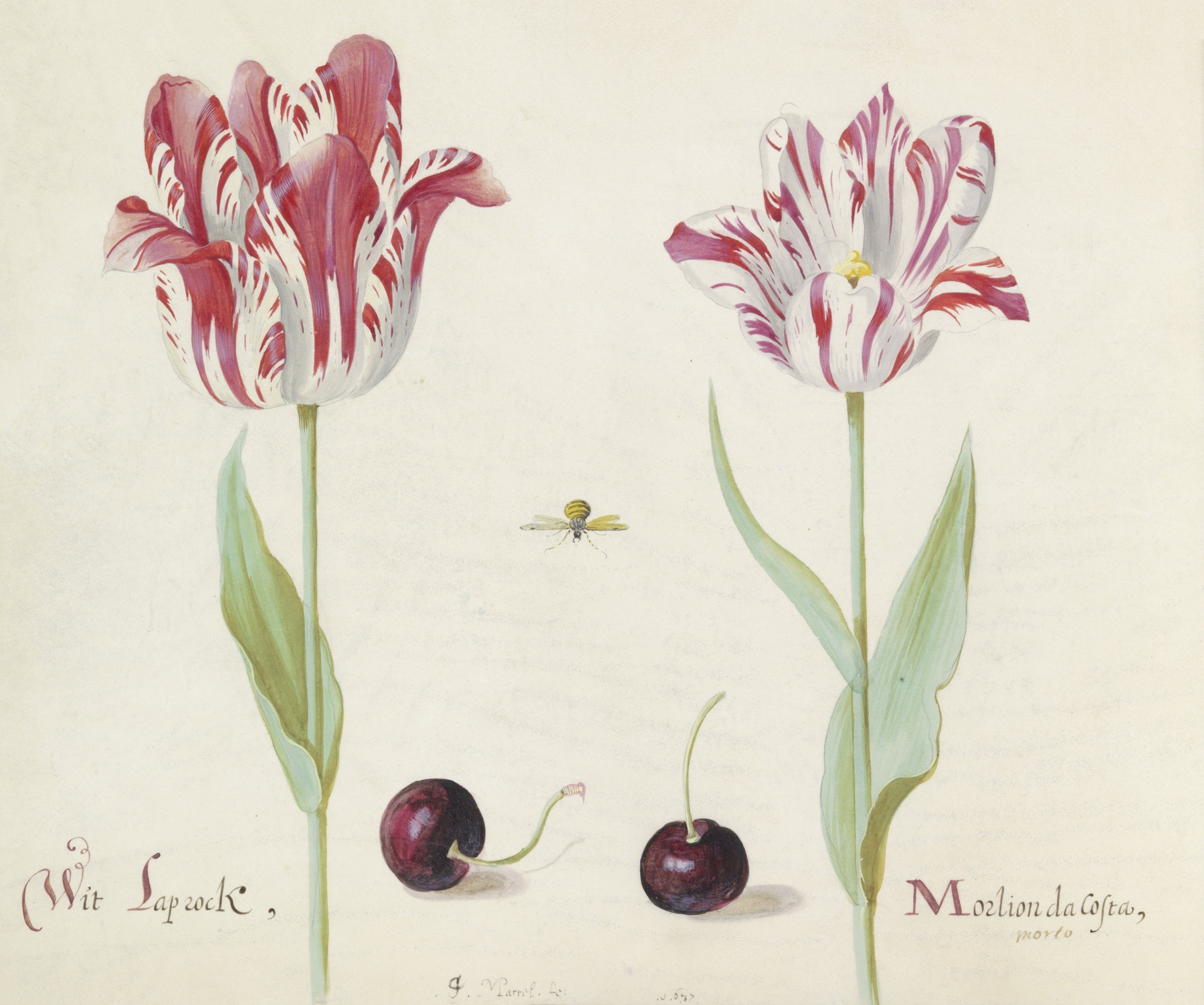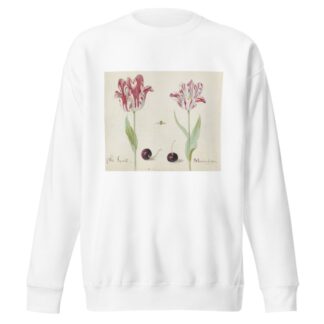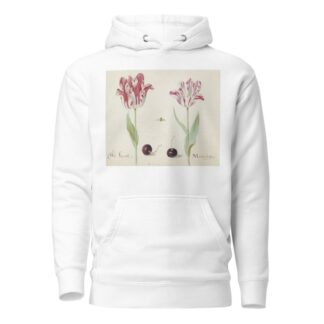Description
Twee tulpen met twee kersen en bij Wit Laprock Morlion da Costa by Jacob Marrel printed on a T-Shirt
About the T-Shirt
Regular fit
Standard length, the fabric easily gives into movement
Casual wear
A classic, everyday option loved by our customers
Side-seamed
Constructed by sewing two parts together, creating a fitted look
The Unisex Staple T-Shirt feels soft and light with just the right amount of stretch. It’s comfortable and flattering for all. We can’t compliment this shirt enough–it’s one of our crowd favorites, and it’s sure to be your next favorite too!
- Solid colors are 100% Airlume combed and ring-spun cotton
- Ash color is 99% combed and ring-spun cotton, 1% polyester
- Heather colors are 52% combed and ring-spun cotton, 48% polyester
- Athletic and Black Heather are 90% combed and ring-spun cotton, 10% polyester
- Heather Prism colors are 99% combed and ring-spun cotton, 1% polyester
- Fabric weight: 4.2 oz./yd.² (142 g/m²)
- Pre-shrunk fabric
- 30 singles
- Side-seamed construction
- Tear-away label
- Shoulder-to-shoulder taping
- Blank product sourced from Nicaragua, Mexico, Honduras, or the US
Jacob Marrel (1613-1681)
Jacob Marrel was a German still life painter active in Utrecht during the Dutch Golden Age.
Jacob Marrel was born in Frankenthal. He moved with his family in 1624 to Frankfurt, where he became a student of Georg Flegel in 1627. Attracted by the high prices for flower still life paintings, Marrel studied from 1632–1650 with Jan Davidszoon de Heem in Utrecht (city), before returning to Frankfurt, where he married Johanna Sybilla Heim(ius), the widow of Matthäus Merian, who died in 1650. He took on students, and his wife’s daughter Maria Sibylla Merian became a renowned painter of flowers and insects, rivalling Rachel Ruysch as a female artist. She later married one of his pupils, Johann Andreas Graff, in 1665, after a 6-year tour he made to Venice and Rome upon completion of his studies under Marrel.
In 1660 Marrel spent another period in Utrecht, with his student Abraham Mignon, who married and settled there. This is presumably the period in which Maria Sibylla Merian was introduced to Dutch flower painting. In 1665 Marrel returned to Germany, attending the wedding of his step-daughter in Nuremberg and in Frankfurt establishing a school of his own in flower painting. He was active as an art dealer in Utrecht until 1669. He died in Frankfurt.
He signed his work with Jacobus Marrellus Fecit.






Reviews
There are no reviews yet.